Search
Search Results
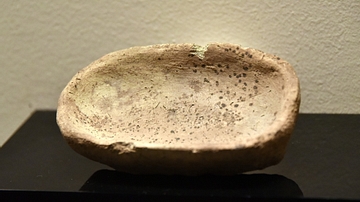
Image
Clay Mold for Casting Copper
Such molds appeared for the very first time during the late Chalcolithic period. Their use indicates a trend towards mass production and consumption of copper goods. Late Chalcolithic period, 4000-3600 BCE. From Hujayrat al-Ghuzlan, north...
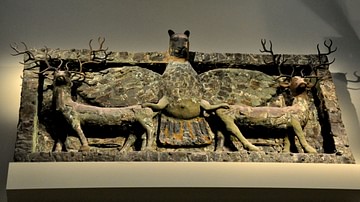
Image
Imdugud Copper Frieze from the Ninhursag Temple
Frieze from the base of the temple of the goddess Ninhursag at Tell Al-Ubaid. The lion-headed eagle monster, or Imdugud, grasps a pair of deer. Imdugud represents the Sumerian god Ningirsu, and it is unknown why it was placed at the temple...

Article
Mesopotamian Effects on Israel During the Iron Age
The Iron Age in the traditional Ancient Near Eastern chronology ranges from somewhere around 1200 BCE to 333 BCE. It begins from the era when it was first thought iron came to be used up to the ascendency of Alexander the Great as the major...
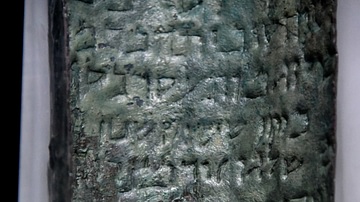
Image
The Dead Sea's Copper Scroll
The Copper Scroll was discovered inside Cave 3 (Q3) at Qumran (Khirbat Qumran or Wadi Qumran). This is the only known inscription on metal from the Dead Sea area. The scroll originally consisted of three sheets of copper, totaling 2.3 meters...
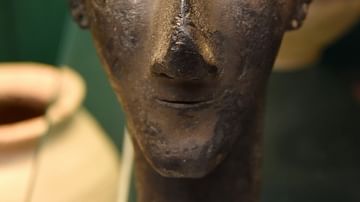
Image
Copper Alloy Female Mask
This is a copper alloy mask which was part of a woman's statue. The eye sockets were inlaid. The chin is long and sharp. The forehead continues upward as a central tang (now broken off). There are two holes at the sides of the upper part...

Definition
Golden Age of Piracy
The Golden Age of Piracy (1690-1730) refers to a period when robbery on the high seas and at colonial ports reached an unprecedented level. Although not all historians agree on the precise time frame, it is generally applied to those pirates...
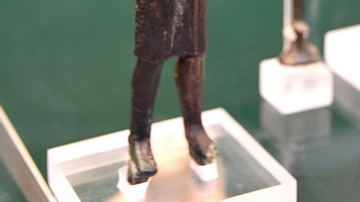
Image
Copper Alloy Male Figure from Ancient Lebanon
From the mountain region; found in a hoard with 4 other similar figurines. The hands might have held a weapon. From Gezzine (Jezzine), modern-day Lebanon. Middle Bronze Age, 2400-2000 BCE. (The British Museum, London)
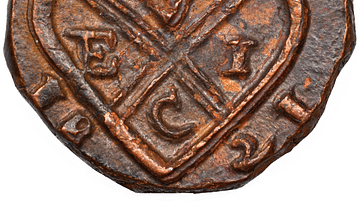
Image
Copper Coin of the East India Company
A copper coin minted by the British East India Company (EIC). From Bombay, 1821.
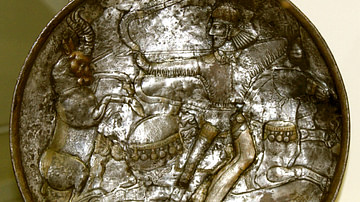
Image
Sassanian Copper Dish
Sasanian copper dish from the village of Khinisly (not far from Shamakhi town).
National Museum of History, Baku, Azerbaijan.
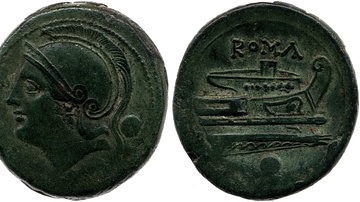
Image
Copper Coin Depicting Roma
A copper coin depicting the goddess Roma, a personification of Rome, or the war goddess Bellona on the obverse. On the reverse, the prow of a ship and the title "ROMA". Minted in Rome c. 217-215 BCE. (British Museum)